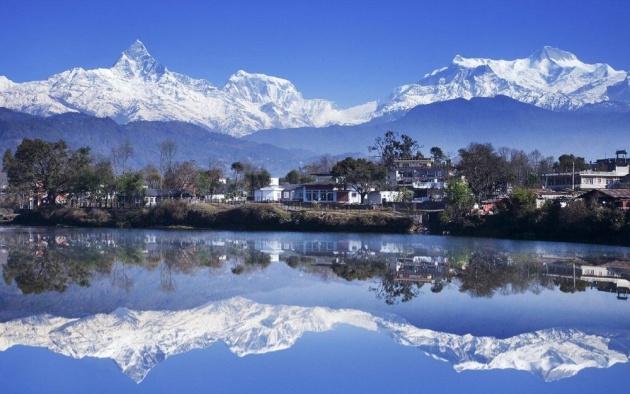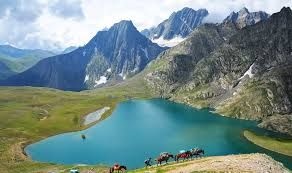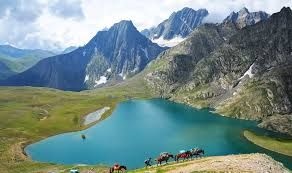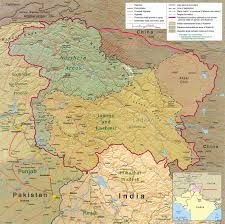Kashmir (Kashmiri:كشیر ; Urdu: کشمیر; Shina: کشمیر), archaically spelled Cashmere, is in the northwestern region ofSouth Asia. Until the mid-19th century, the term Kashmir geographically denoted only the valley between the Great Himalayas and the Pir Panjal mountain range. Today, it denotes a larger area that includes the Indian administered territories of Jammu and Kashmir (which consists of Jammu, the Kashmir Valley, and Ladakh), the Pakistan administered territories of Kashmir and Gilgit–Baltistan, and the Chinese-administered regions of Aksai Chin and theTrans-Karakoram Tract.
 Swami Vivekananda in Kashmir in 1898.
Swami Vivekananda in Kashmir in 1898.In the first half of the 1st millennium, the Kashmir region became an important centre of Hinduism and later ofBuddhism; later still, in the ninth century, Kashmir Shaivism arose. In 1349, Shah Mir became the first Muslim ruler of Kashmir, inaugurating the Salatin-i-Kashmir or Swati dynasty. For the next five centuries, Muslim monarchs ruled Kashmir, including the Mughals, who ruled from 1526 until 1751, and the Afghan Durrani Empire, which ruled from 1747 until 1820. That year, the Sikhs, under Ranjit Singh, annexed Kashmir. In 1846, after the Sikh defeat in the First Anglo-Sikh War, and upon the purchase of the region from the British under the Treaty of Amritsar, the Raja of Jammu, Gulab Singh, became the new ruler of Kashmir. The rule of his descendants, under the paramountcy (or tutelage) of the British Crown, lasted until 1947, when the former princely state of British India became a disputed territory, now administered by three countries: India, Pakistan, and the People's Republic of China.
Jammu and Kashmir consists of three regions: Jammu, the Kashmir Valley and Ladakh. Srinagar is the summer capital, andJammu is the winter capital. The Kashmir valley is famous for its beautiful mountainous landscape, and Jammu's numerous shrines attract tens of thousands of Hindu pilgrims every year. Ladakh, also known as "Little Tibet", is renowned for its remote mountain beauty and Buddhist culture.
Hari Singh had ascended the throne of Kashmir in 1925 and was the reigning monarch at the conclusion of British rule in the subcontinent in 1947. One of the conditions of the partition of India imposed by Britain was that the rulers of princely states would have the right to opt for either Pakistan or India or remain independent. In 1941, Kashmir's population was 77.06% Muslim, 20.46% Hindu, 1.37% Sikh, 1.01% Buddhist, and 0.10% Unspecified Others
On 22 October 1947, locals and tribesmen backed by Pakistan invaded Kashmir. The Maharaja initially fought back but appealed for assistance to the Governor-General Louis Mountbatten, who agreed on the condition that the ruler accede to India. Maharaja Hari Singh signed the Instrument of Accession on 26 October 1947 in return for military aid and assistance, which was accepted by the Governor General of India Lord Mountbatten the next day. While the Indian Governor-General Lord Mountbatten accepted the accession, it added the proviso that it would be submitted to a popular referendum since "only the people, not the Maharaja, could decide where Kashmiris wanted to live." It was a provisional accession. Nyla Ali Khan states that the people could accept or reject the accession to India.
beautiful kashmir
Posted on at








